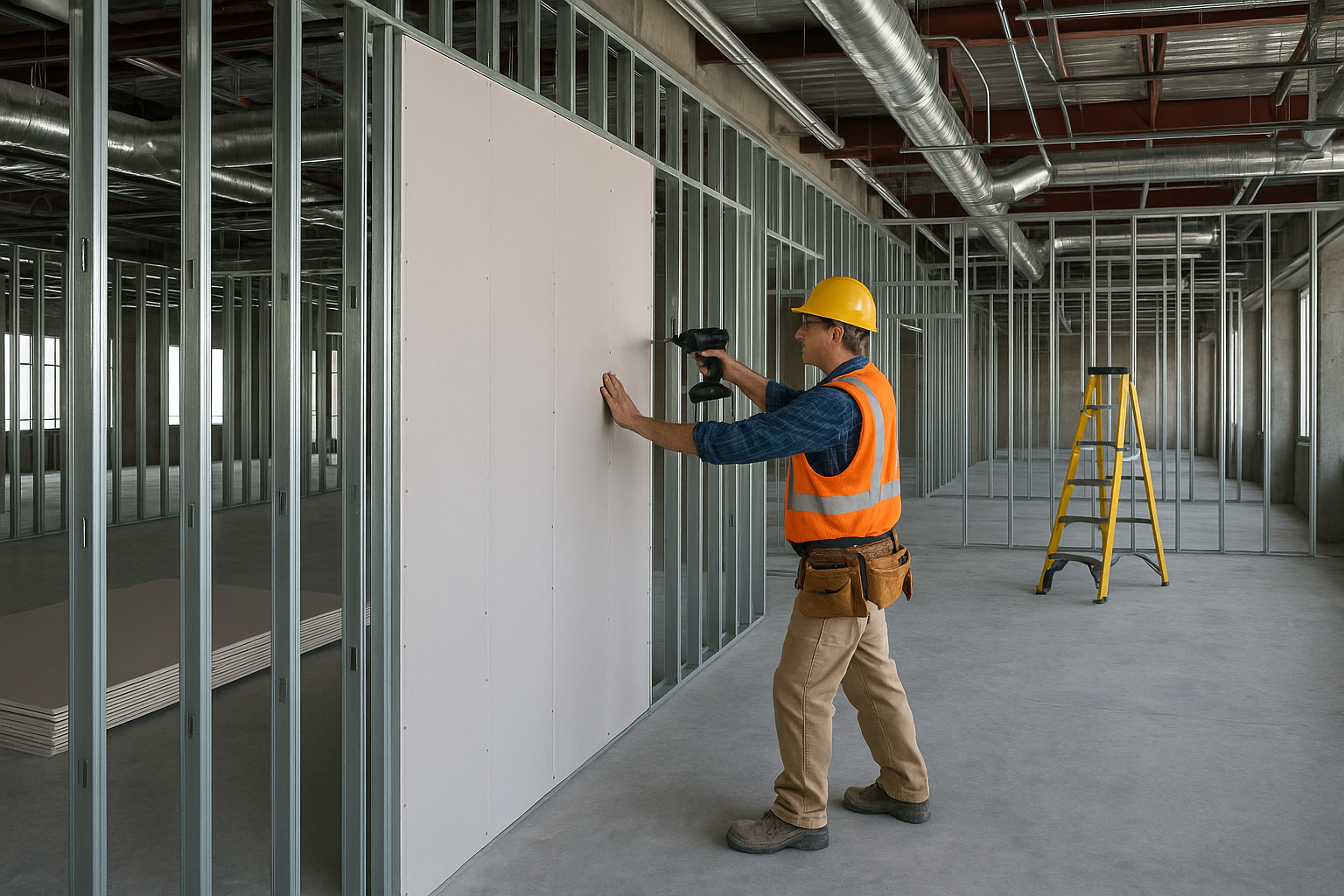
Meeting LEED and sustainability standards in drywall estimating is no longer a value-add—it’s becoming a baseline expectation. As owners, architects, and developers push for higher levels of environmental responsibility, estimators are tasked with capturing not only cost and quantity but also environmental impact, sourcing, and compliance. For engineers and general contractors, this means rethinking how drywall estimates are structured, documented, and verified to align with green building certifications and sustainability goals.
Green construction requires decisions that go beyond initial cost. The source of materials, embodied carbon, waste generation, and recyclability all influence product selection—and therefore the estimate. In drywall assemblies, even minor choices like backing type or board composition can affect LEED points or other sustainability benchmarks.
To align estimates with sustainability goals, estimators should include additional data fields and assumptions in their takeoffs:
Failing to estimate these attributes upfront can result in project backtracking, higher costs for material substitution, or missed certification targets.
Estimators should not be expected to become sustainability experts, but they must be empowered with tools that incorporate green metrics into the workflow. For example, Active Estimating allows users to create reusable templates that include sustainability qualifiers, enabling smarter sourcing and reporting without added manual entry. This brings sustainability into the mainstream of preconstruction rather than relegating it to a compliance afterthought.
Incorporating green metrics in drywall estimating not only supports certification—it also offers strategic advantages:
Dedicated drywall estimating software enables sustainability tracking by integrating material metadata and version control. Estimators can easily compare assemblies based on both cost and environmental profile, allowing for trade-off analysis that balances budget with green targets. These systems also support exportable data for LEED documentation submittals or owner reviews.
Drywall estimating is evolving—from counting boards to measuring environmental impact. To keep up with this shift, project teams need tools that support the full scope of sustainability requirements. Platforms like Active Estimating bridge the gap between traditional cost estimating and modern sustainability expectations, ensuring that every line item aligns with both financial and environmental performance goals.
Schedule a personalized demo to see how Active Estimating can work for your specific needs.
